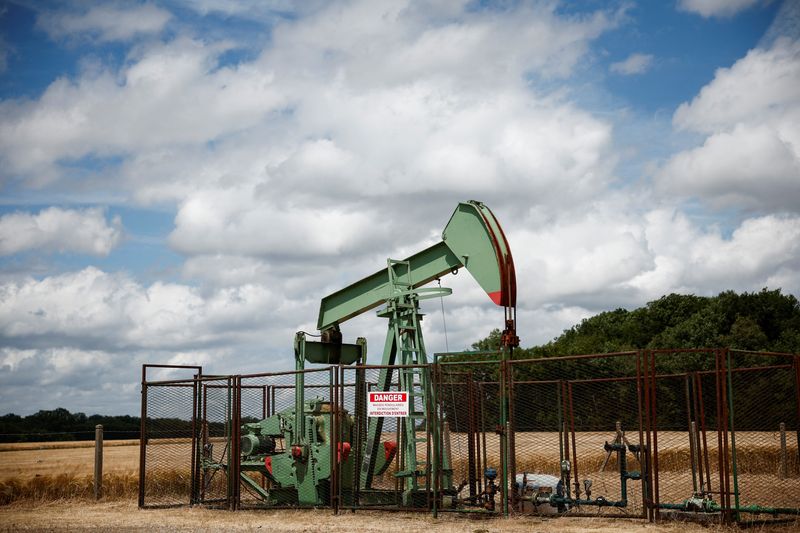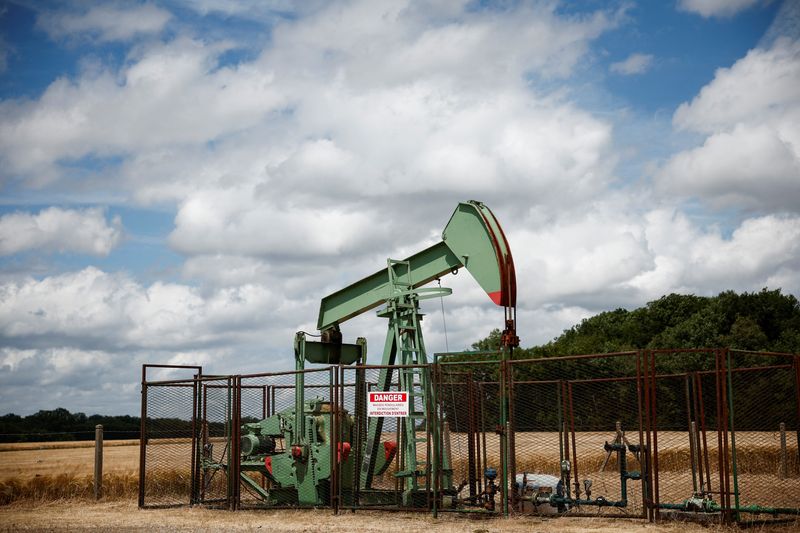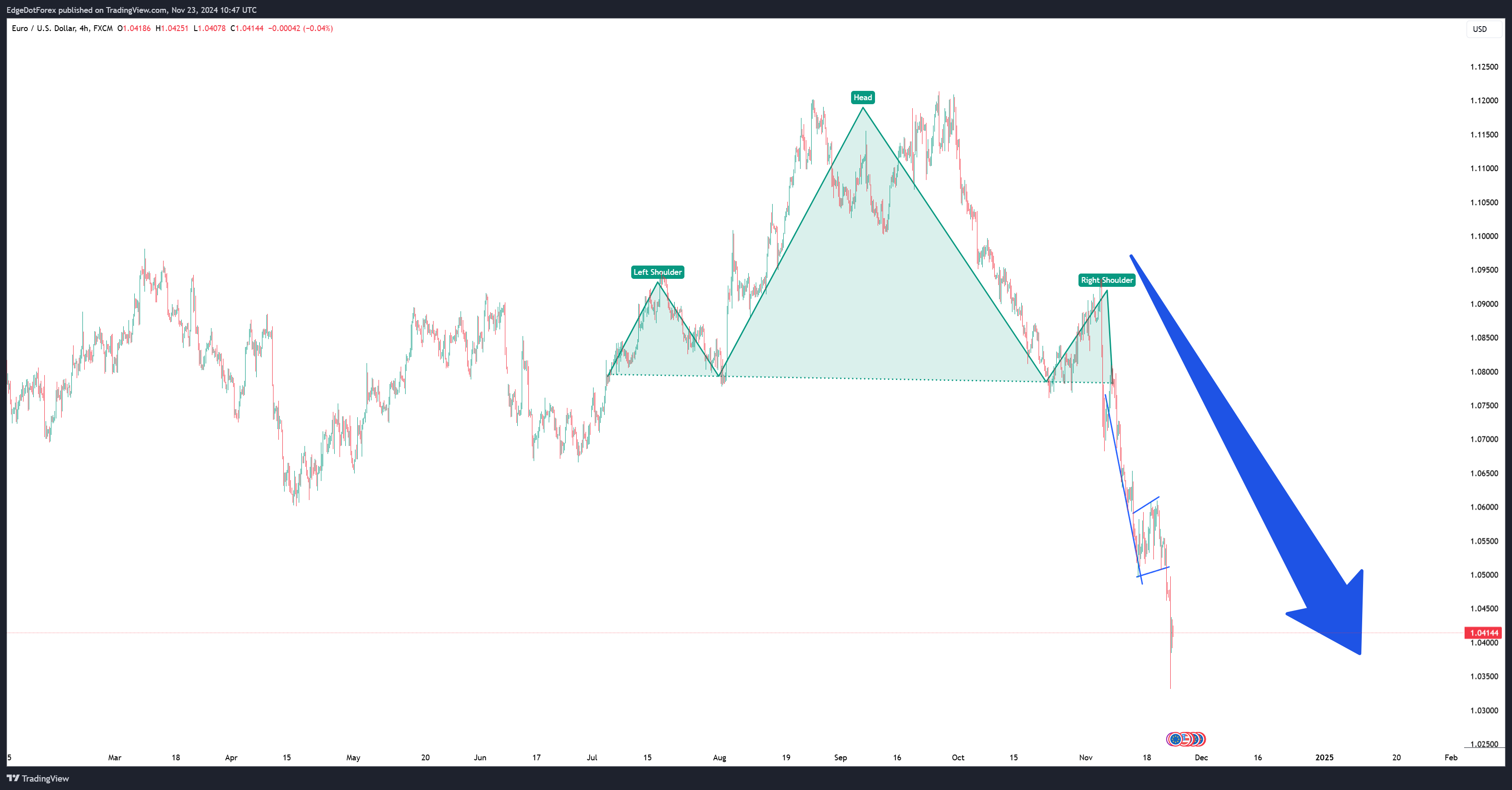
By Arunima Kumar
(Reuters) – Oil prices fell on Monday (NASDAQ:MNDY), after China’s stimulus plan disappointed investors seeking fuel demand growth in the world’s No. 2 oil consumer and as the U.S. dollar edged higher.
Brent crude futures fell $1.10, or 1.5% to $72.77 a barrel by 1101 GMT while U.S. West Texas Intermediate crude futures were at $69.17 a barrel, down $1.21, or 1.7%.
Both benchmarks fell more than 2% on Friday.
The dollar firmed 0.40%, as traders prepared for a key reading of U.S. consumer inflation this week, as well as a parade of Federal Reserve speakers, including Chair Jerome Powell on Thursday.
A stronger dollar makes greenback-denominated commodities such as oil more expensive for holders of other currencies and tends to weigh on prices.
In China, consumer prices rose at the slowest pace in four months in October while producer price deflation deepened, data showed on Saturday, even as Beijing doubled down on stimulus to support the sputtering economy.
“Chinese inflation figures were again weak, with the market fearing deflation, particularly as the yearly change in the producer price index fell further into negative territory…, Chinese economic momentum remains negative,” said Achilleas Georgolopoulos, market analyst at brokerage XM.
The latest support measures will not revive China’s oil demand growth or crude oil imports, said Tamas Varga, analyst at oil broker PVM.
“After last week’s U.S. presidential election attention is slowly drifting back to the underlying fundamentals,” Varga said.
Oil prices also eased after concerns about potential supply disruptions from storm Rafael in the U.S. Gulf of Mexico subsided.
More than a quarter of U.S. Gulf of Mexico oil and 16% of natural gas output remained offline on Sunday, according to the offshore energy regulator.
Looking ahead, there were also concerns that U.S. oil and gas output could rise under the new Trump administration although analysts say 2025’s production forecast is unlikely to change.

“We think producers may think twice about turbo-charging U.S. supply in an era when OPEC+ has already staked out plans to gradually raise production targets over the course of 2025,” Tim Evans of Evans Energy said in a note.
Trump’s election promise of hiking import tariffs to boost the U.S. economy has clouded the global economic outlook although expectations that he could tighten sanctions on OPEC producers Iran and Venezuela and cut oil supply to global markets partly caused oil prices to gain more than 1% last week.
This post is originally published on INVESTING.





